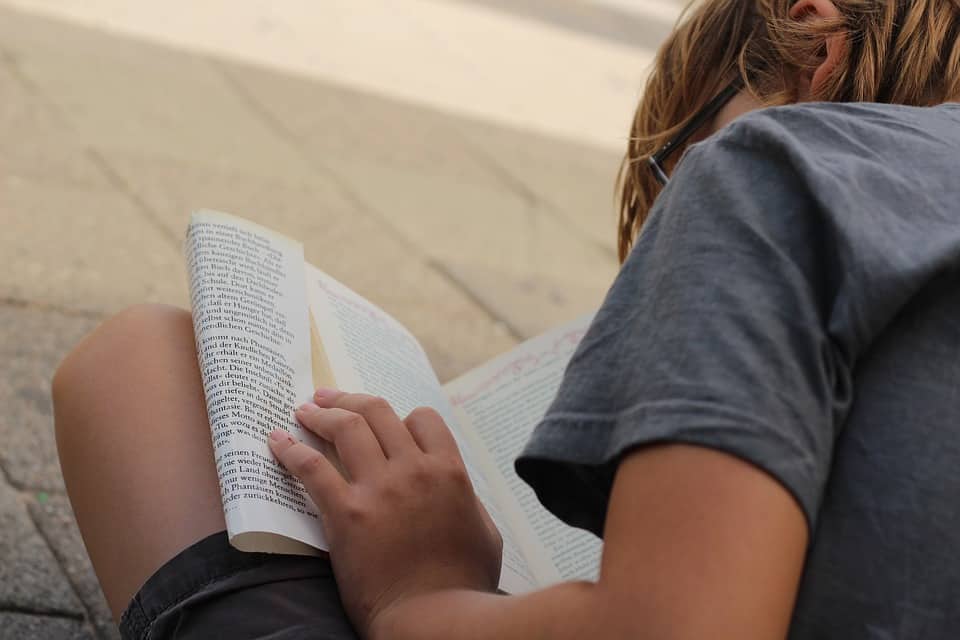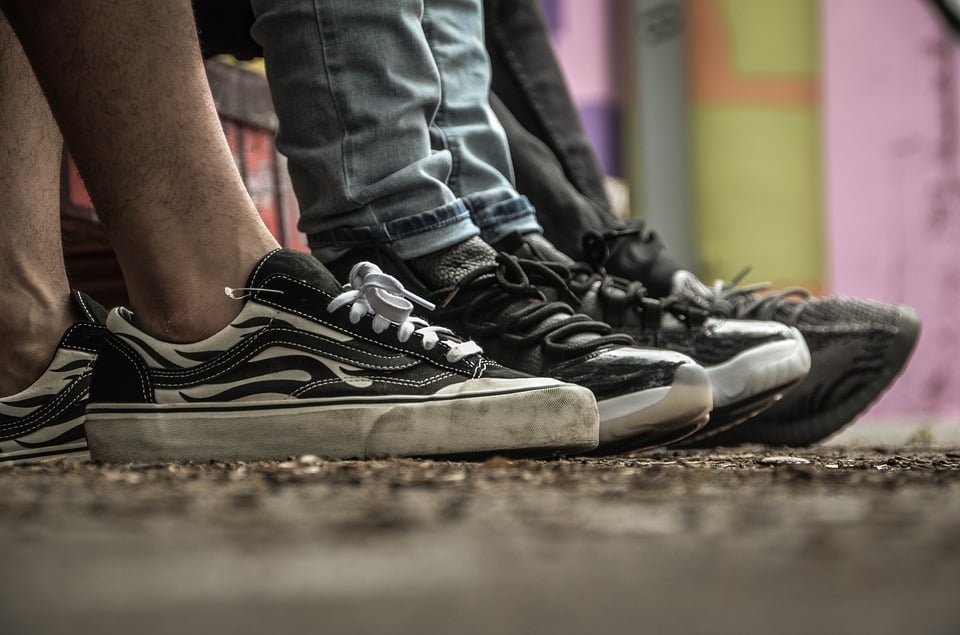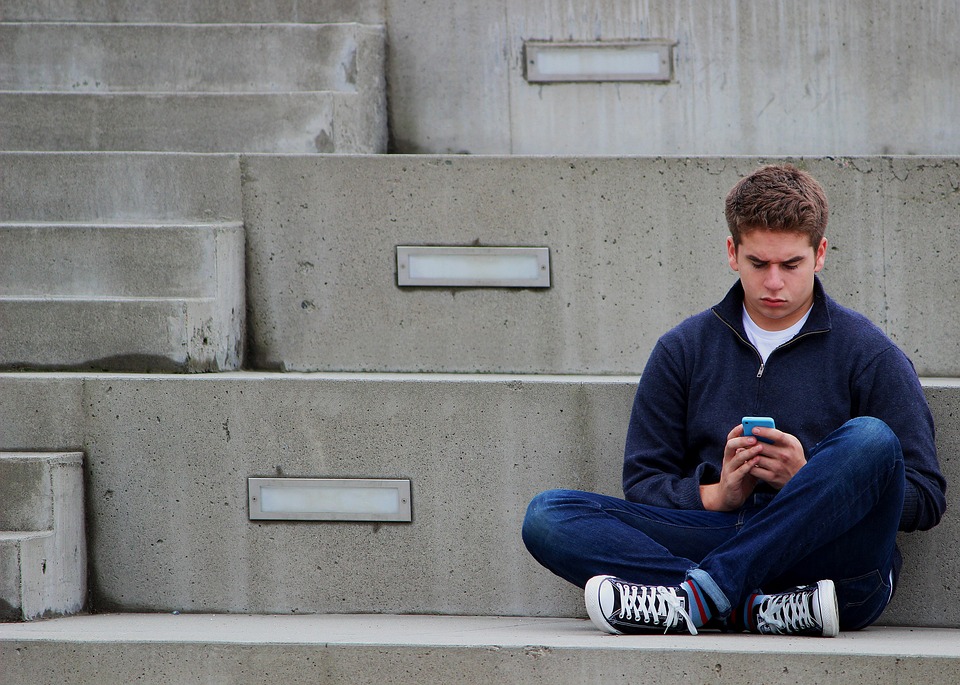Hero Worship Culture
Heroes do not need to be comic book characters centered on violent behaviors. Heroes can come in all shapes and forms of humans and use their brains, words, and actions to make a positive impact on the world.

We live in a hero worship culture. This is not new, as many cultures including the United States, were founded on the idea that to be somebody of any importance, you have to be in some way a hero.
Who we view as heroes might differ from country to country depending on the prevailing culture, but in the United States we see heroes as someone who embodies physical strength and tactical prowess that incorporates a propensity for violence.
When we talk about a hero in the US, we’re talking about somebody that often times takes from somebody else or oppresses somebody else in some fashion.
With that, comes the idea that you are either defending yourself and others, or you’re overcoming others for the defense of yourself. The reality is that many of these heroes were simply taking from others for their own gain.
History Books and Heroes
Open any history book taught in US schools and you will see that the first several 100 pages is dedicated to men doing terrible things of the conquering nature.

It takes quite a while to be able to find the first female in history that we would even remotely see as any sort of hero.
The individual that comes up first as female is Cleopatra.
The story of Cleopatra, however, is much different as it’s often told as a romanticized story in which she helped save her people by process of seeking a strong male figure, Marc Anthony.
So, we don’t really see a strong representation of anything other than male in her story, as it is taught currently
It is not really until the Victorian age when we talk about the queens and their impact on history, that we see any sort of strong representation of anything other than male. What does that mean for raising boys and young men?
That means they only see a very specific image of what it means to be a hero, and it’s mostly aggressive, violent, and without empathy. What that does for a young man is that it basically gives him a pass that says you can be an aggressive, violent, and non-empathetic person. It tells them that you can go out and conquer whoever you like under the guise of taking what you want, so long as it’s for the betterment of you.
The problem with that is, when you are brought up to believe that the only real heroes are the ones that only look like you, and those heroes act a very specific way, you’re predisposed to act the very same way in an attempt at gaining the respect the heroes have.
Breaking The Cycle
Breaking this cycle takes some work. We need to find people of substance, people that have done great things that don’t look like stereotypical males or act stereotypical in hero fashion.
For every person that you talk about in history that is a male, I encourage you to try and find somebody else and talk about them as well to compare and show people doing remarkable things can look different and do not follow the masculine archetype.

Give people a chance to celebrate differences in how others approach life and what makes them special.
Show boys and men that heroes do not need to be comic book characters centered on violent behaviors.
Show them heroes can come in all shapes and forms of humans and use their brains, words, and actions to make a positive impact on the world.
